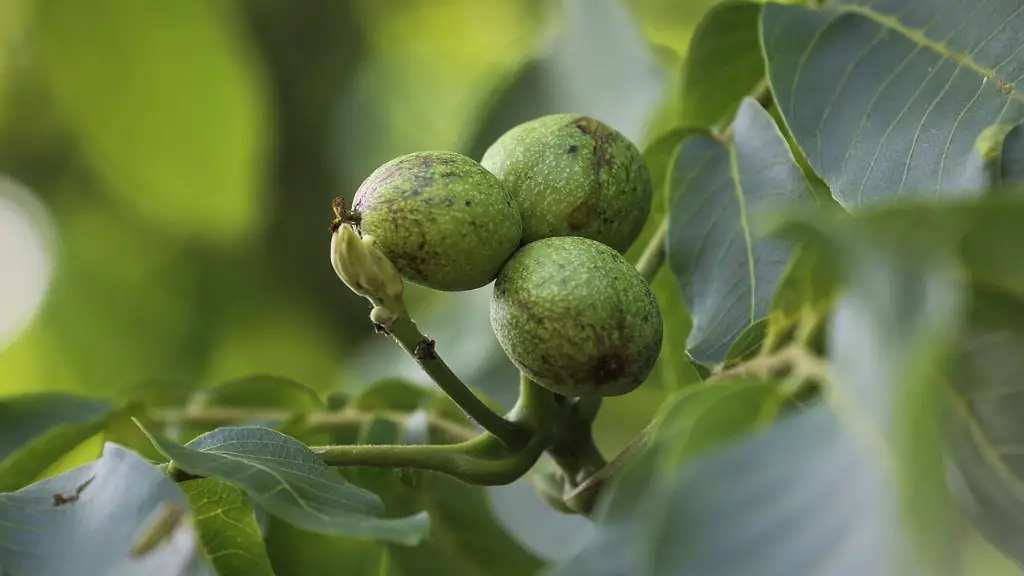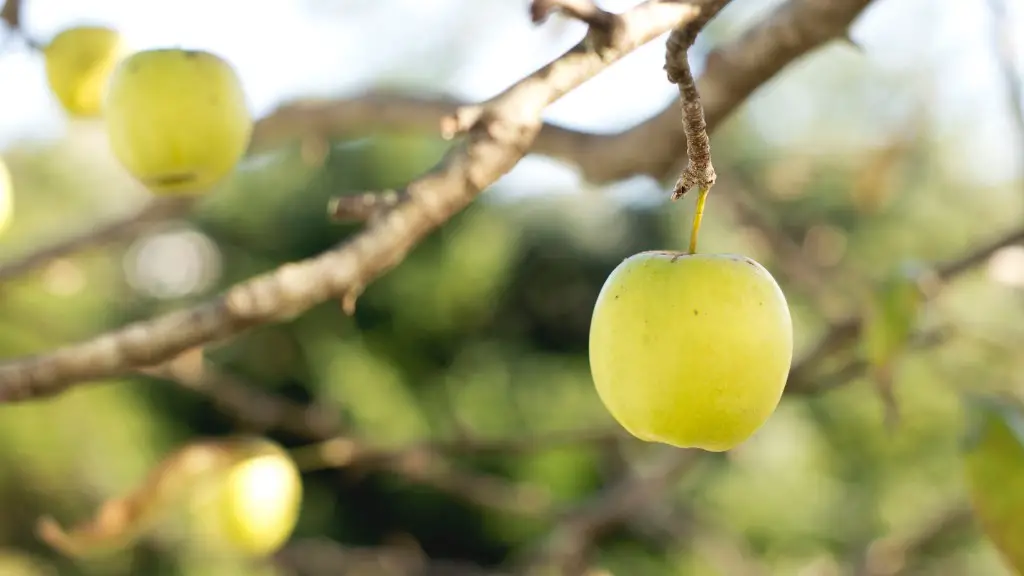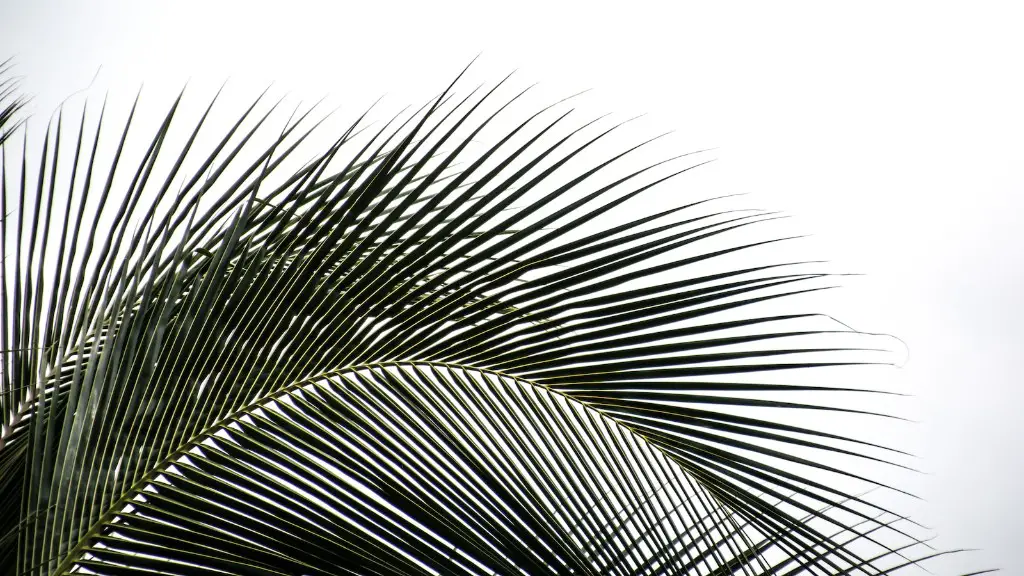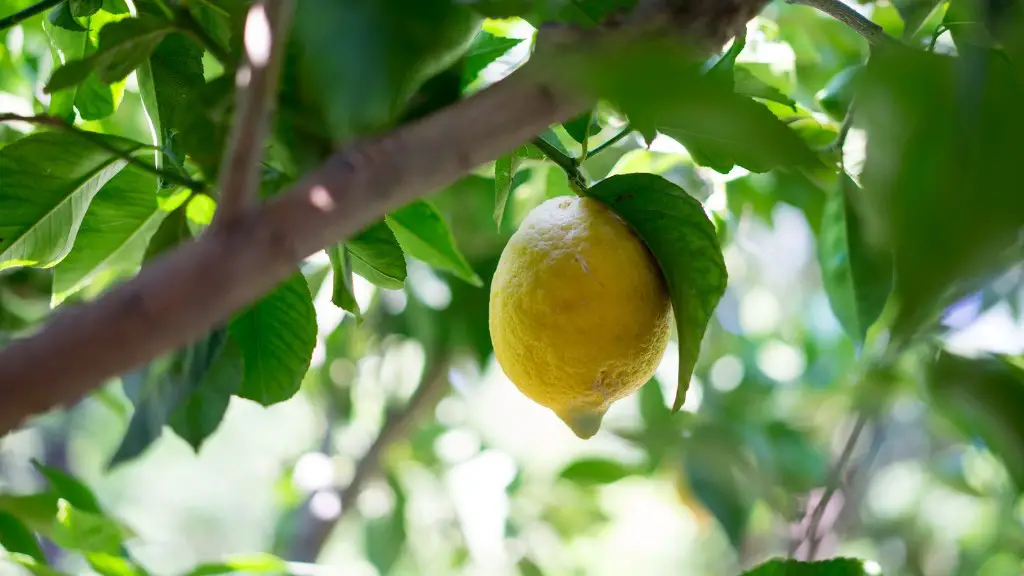Palm trees and Christmas lights are a classic holiday combination. If you want to add a festive touch to your landscaping, wrapping your palm tree in Christmas lights is a great way to do it. Here are a few tips on how to wrap palm trees with Christmas lights:
-Start by draping the lights around the trunk of the tree, working your way up.
-Wrap the lights loosely so they don’t damage the tree.
-Use clear lights for a subtle effect, or multi-colored lights for a more festive look.
-Add a string of lights to the top of the tree for a star-like effect.
With these tips, you’ll be able to easily wrap your palm tree in Christmas lights and create a beautiful holiday display.
To wrap palm trees with Christmas lights, start by attaching the lights to the trunk of the tree using zip ties or similar fasteners. Then, begin wrapping the lights around the tree, working your way up from the bottom. Continue wrapping the lights around the tree, making sure to evenly distribute them, until you reach the top. Finally, plug in the lights and enjoy your festive palm tree!
How many lights does it take to wrap a palm tree?
To calculate the amount of lights you’ll need to wrap your palm tree, you’ll need to know the height of the tree and the circumference. Then, you’ll need to divide the height by the space you want between the lights. For example, if your palm tree is 8 feet tall with a 2-foot circumference, and you want to wrap the strings with 3 inches of space between the lights, your equation will look like this: 8 feet / 0.25 feet of space = 32 x 2 = 64 feet of lighting.
Palm trees are a common sight in many tropical and subtropical locations. These elegant plants can add a touch of luxury to any landscape. But, like all plants, they need care and maintenance to stay healthy and looking their best.
One important task is to protect the palm tree trunk from cold weather damage. This can be done by wrapping the trunk with a heat tape and burlap.
Heat tape is available at most building supply stores. It is important to wrap the tape around the trunk starting from the base of the plant. The thermostat should be left out at the bottom of the trunk.
The trunk should then be wrapped with 3-4 layers of burlap. Be sure to tie the burlap back with duct tape. This will help to keep the palm tree trunk warm and protected from the cold.
What is the best way to wrap a tree with Christmas lights
Now begin passing the ball of lights around the trunk of the tree. Keep the lights pulled tight as you go so that they don’t get tangled. Once you’ve made it all the way around the trunk, start winding the lights around the branches.
If you’re looking to protect your palm trees from the cold weather, you have a few options. You can use a synthetic blanket, burlap, or landscape fabric to wrap around the trunk of the tree and secure it with duct tape. You can also continue wrapping it around the lower leaves, gathering them closer into a bunch. Just be sure not to wrap too high, as the leaves may become too stiff and break.
Do you wrap lights from top or bottom of tree?
To hang Christmas lights on a tree, start at the bottom of the tree close to the trunk. Allow some slack or leader cord in the first strand of lights, and separate the cord near the first bulb to form a loop. Slip the loop over one of the branchlets or greens near the trunk, and wrap the cord a few times around the green to secure it. Continue this process until the entire tree is covered in lights.
If you’re looking for a festive way to light up your favorite palm tree, mini-LED string lights and market lights are a great option. At our company, we have the perfect long-lasting LED lights and the proper technique to make sure the lights stay in place for lasting enjoyment. Give us a call today to learn more!
How do you wrap a palm with a light?
To create an impactful display, you will only need to light the fronds closest to the trunk. The most common way to do this is to run a string of lights down the center of the frond and use twist ties or zip ties to secure it every few inches.
Some palm trees around the city have metal bands attached to their trunks in order to keep rodents and other wildlife from making a home at the top of the tree. This also discourages domestic animals from reaching new heights.
Why do they wrap up palm trees
Wrapping the trunk and leaves of a palm tree can help to protect it from the cold. Many people also choose Christmas lights to wrap their trees. This is especially important for tall palm trees, which are more susceptible to damage from wind and snow.
Start by wrapping your lights around the tree trunk, working your way up the tree. Make sure to space the loops evenly so that the lights are evenly distributed. Once you reach the top of the tree, begin wrapping the lights around the branches, starting from the bottom and working your way up. Again, make sure to space the loops evenly so that the tree is evenly lit.
Can you wrap string lights around a tree?
It’s important to be careful when wrapping lights around trees. If they’re wrapped too tightly, it can cause damage and warped growth. It’s also a good idea to check for burned out bulbs and to make sure the lights are in good shape.
Start by wrapping the lights around the trunk of the tree, moving upward with each winding. To ensure even spacing, check the distance between windings with your hand. Use about four fingers to get consistent spacing between each wrap around the tree trunk. Aim for uniform spacing to make the finished project look its best.
Why do you wrap palm trees for the winter
The canary palm (Phoenix canariensis) is a palm tree native to the Canary Islands, northwestern Africa, and southern Europe (from Spain to Greece). It is a large, multi-trunked, spreading tree growing up to 25 m (82 ft) in height and 20 m (66 ft) broad, with 5–8 m (16–26 ft) trunks. It has a stout, erect trunk with ringed bark, a palmate (fan-like) leaf, and yellow flowers borne in clusters. It is a popular ornamental tree in subtropical and mild Mediterranean climates.
To protect your canary palm from freezing temperatures, tie up the leaves and insulate sufficiently to prevent cold penetrating into the heart of the palm. Christmas lights (non LED) wrapped around the trunk inside the insulation, but not in direct contact with the plant will help to prevent the trunk freezing. Insulation of the ground with mulches is a good idea also.
Mulching your small palms with a layer of chopped leaves is a great way to protect them from the cold. Just make sure you don’t cover the entire plant, as this can cause problems with photosynthesis. During a cold snap, you can protect the entire plant by adding a box or blanket over the leaf mulch. Just make sure you remove it after a few days so the palm can get some sunlight.
How do you wrap a palm tree with heat tape?
If you’re looking to protect your palm tree from cold weather, one way you can do so is by wrapping the trunk in heat tape and burlap. This will help to keep the trunk warm and protect it from the cold. To do this, simply pull the palm’s fronds back and tie them, then wrap the trunk with heat tape starting from the base and working up the trunk. Once it’s fully wrapped, Cover the heat tape with three to four layers of thick burlap and secure with duct tape. This will help to ensure that your palm tree survives the cold weather.
The first, most important thing you need to do when decorating your Christmas tree, is to always add the lights first – it’s more difficult to do this after you’ve added decorations like baubles and garlands. This will help ensure your tree looks evenly lit and prevents you from having to movearound decorations later on.
Conclusion
Securely fasten the strand of lights to the top of the palm tree. Wrap the lights around the tree, making sure to evenly disperse them. Secure the end of the strand of lights to the tree. Repeat with additional strands of lights, until the palm tree is evenly covered.
To wrap a palm tree with Christmas lights, start at the bottom of the tree and work your way up, keeping the lights evenly spaced. Use zip ties or insulated staples to secure the lights to the tree, and be sure to plug them into an outdoor outlet with a timer so they stay on all season long!




